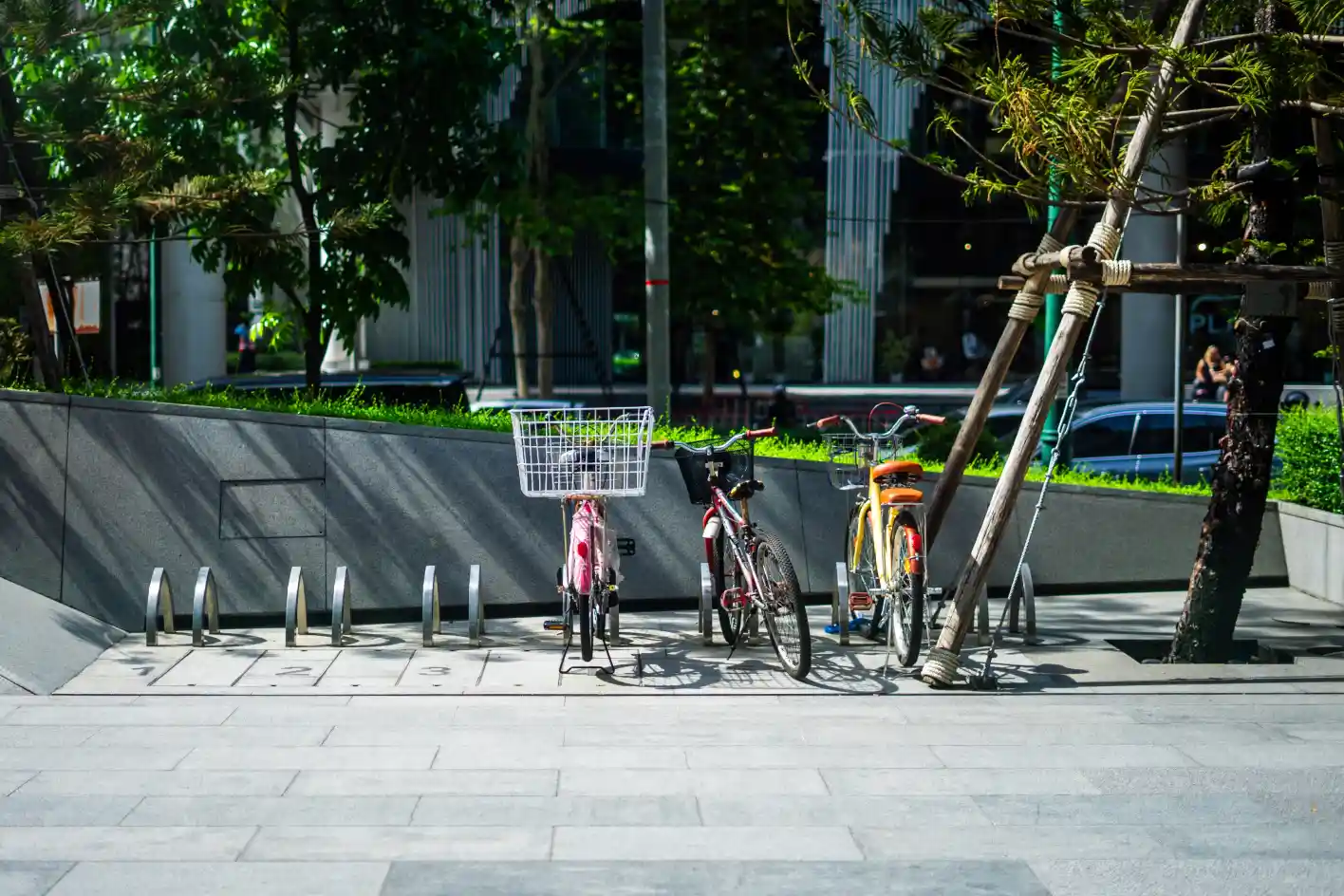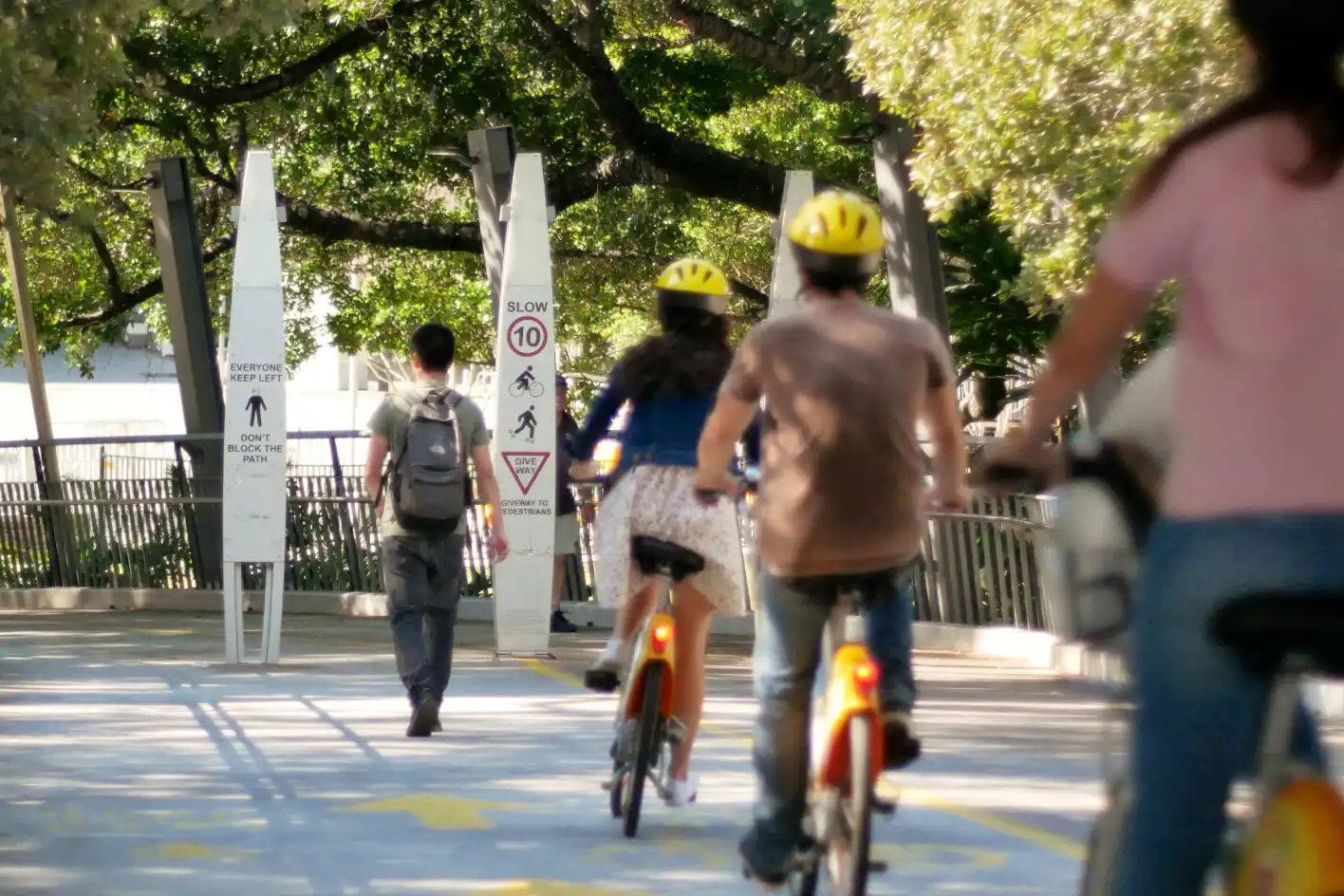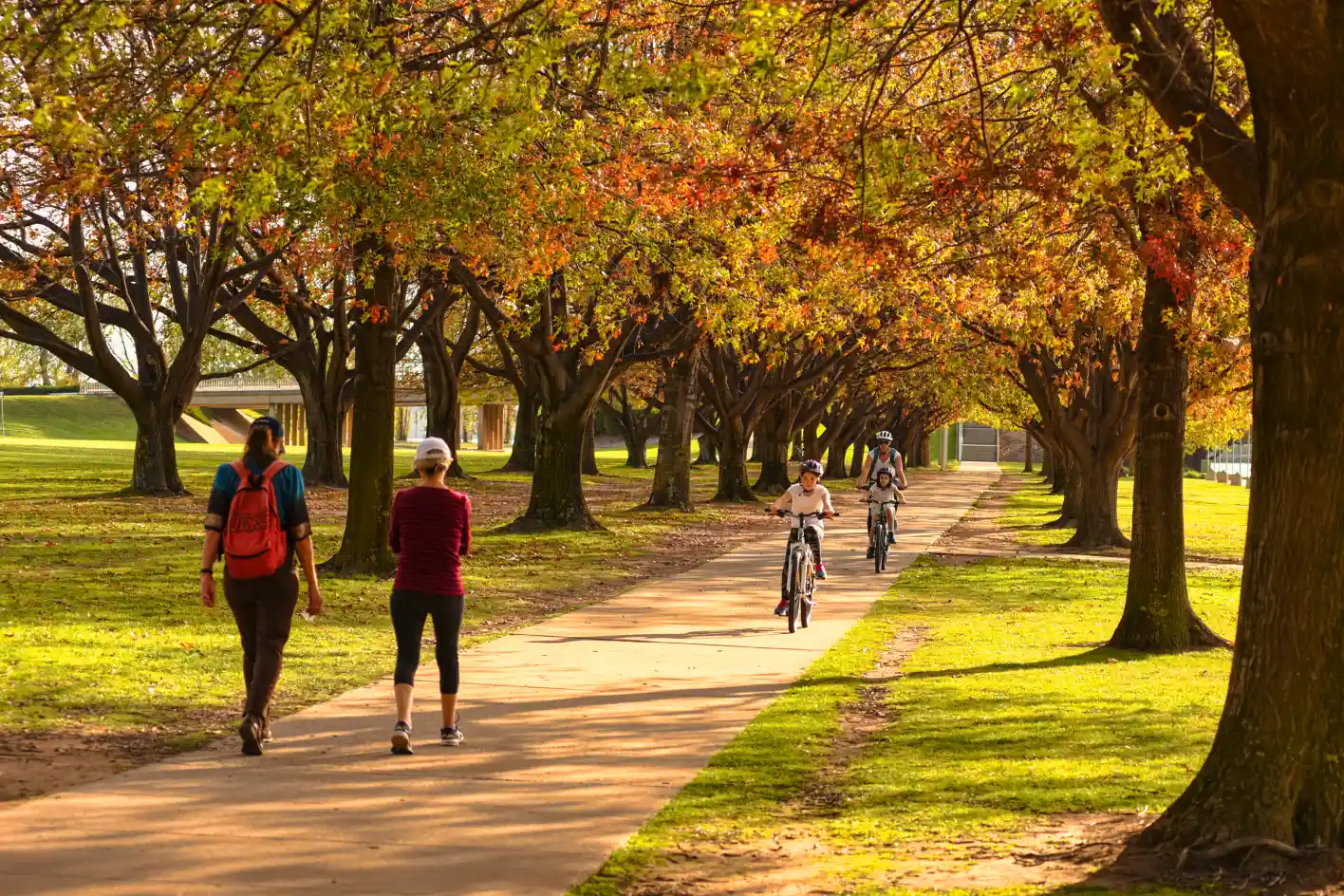The recently-released 2025 CWANZ National Walking and Cycling Participation Survey, based on responses from over 12,000 Australians, offers a comprehensive view of how people are engaging with active transport across the country.
For councils and state-level active transport planning, the findings are a reality check and a roadmap – highlighting where momentum is building, where gaps remain, and what actions can unlock greater participation.

Here are six insights that matter most for shaping walkable, bikeable, and connected communities in 2026:
1. Walking is widespread (but slipping)
Walking remains the most common form of active transport in Australia, with 81% of people walking weekly for at least 10 minutes. But that’s down from 89% in 2023—a drop of over 1.9 million participants. The decline is most pronounced in regional areas and the Northern Territory.

Interestingly, those who do walk are doing so more often, averaging 4.9 days per week (and many perceive themselves to be walking more than they actually are).
What this means: Councils should focus on retaining occasional walkers and reinvigorating participation through better footpath connectivity, shaded routes, and access to local destinations.
2. Cycling is a more viable transport mode
A major shift is underway: 43% of cyclists now ride for transport, up from 28% in 2023. This includes commuting, shopping, and connecting to public transport. While recreational cycling still dominates, the rise in utility cycling reflects changing priorities—driven by cost-of-living pressures, petrol prices, and improved infrastructure.
What this means: Councils should invest in direct, safe, and connected cycling routes that support everyday trips — not just weekend recreation (bike lanes to shops, schools, and transit hubs).







.webp)
.jpg)

.jpg)
